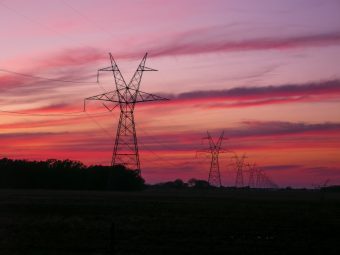
At the beginning of the year, a meeting was held in Athens between the energy ministers of Romania and Serbia to discuss opportunities for enhancing cooperation in the energy sector. The discussions emphasized the importance of regional connectivity in the gas sector and the significance of the gas interconnection between Serbia and Bulgaria, which enables diversification of sources, including gas from LNG terminals in Greece and Azerbaijan. Plans for further connections with neighboring countries were also highlighted, with Romania and North Macedonia being among the first priorities, as reported on the Serbian Government’s website at the time.
In mid-November this year, the Romanian section of the 400 kV high-voltage interconnection power line connecting Reșița in Romania to the Serbian border was commissioned. This power line is not only a key energy bridge between the two countries but also a vital part of the Trans-Balkan Corridor for electricity transmission, directly linking the transformer stations TS Pančevo 2 and TS Reșița, according to the Elektromreža Srbije (EMS) website
One of the two systems, specifically one of the two power lines connecting TS Pančevo 2 and TS Reșița, has been commissioned, while the commissioning of the second system is scheduled for the first quarter of next year.
More:
- What Changes in the Energy Law Bring for the Renewable Energy Sector
- Proposed Law on Amendments to the Energy Law: What Changes are Being Introduced?
- EBRD and EU Launch SME Go Green Programme in Serbia
The Romanian section of the power line consists of 206 towers and spans a length of 62 kilometers.
Interconnection power lines refer to power infrastructure that links the electrical grids of two or more countries, allowing for cross-border electricity transmission. Through these lines, countries can exchange electricity, optimizing production capacities. For example, one country with a surplus of hydroelectric power can export it to a neighboring country experiencing a deficit. In general, connecting energy systems ensures greater energy stability for the countries involved.
To recall, EMS commissioned its section of the power line, which runs from Pančevo to the Romanian border, back in December 2017. The Serbian segment, 68 kilometers long with 203 steel lattice towers, has been crucial for electricity supply in eastern Serbia. It was initially commissioned as a dual-system power line.
The commissioning of this key segment of the Trans-Balkan Corridor strengthens the cooperation of energy networks in Southeast Europe, thereby enhancing the regional energy infrastructure that is much needed in this part of Europe.
Energy portal





